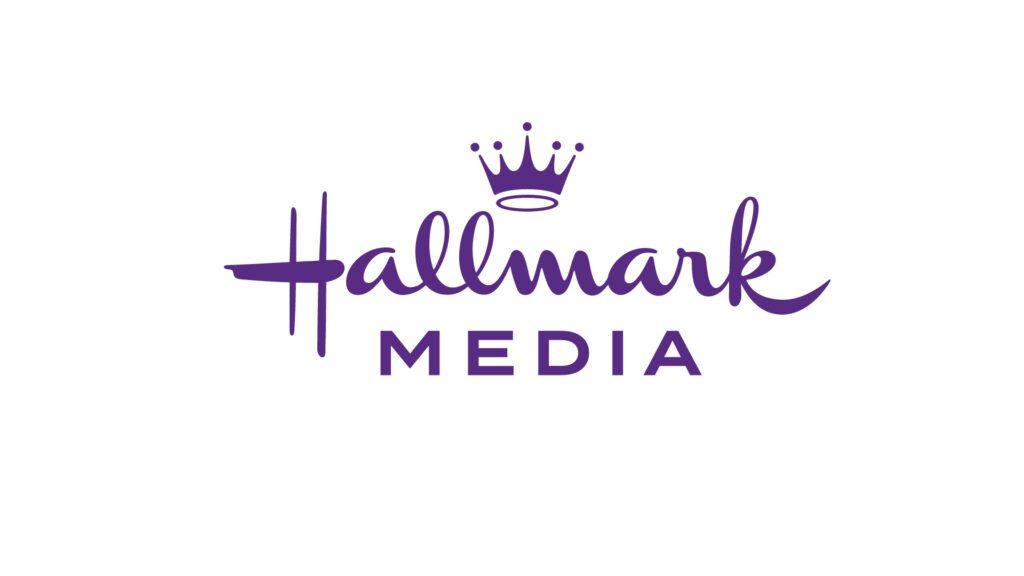Cool Front Moves In
Aug 1, 2006 12:00 PM, By Amy Johannes
PART 3) Watch for change in the TV upfront model
This year, marketers slowly bought into the traditional upfront — the time during which TV networks sell the bulk of their ad time for the fall season. But some experts predict change is coming soon for the traditional upfront model as we know it today. Rather than one overall ad-buying season, more emphasis will be placed on the scatter market or two-to-three smaller upfront periods within three years, according to Morgan Stanley Inc. Such a move would give advertisers “incremental flexibility” on their budgets and a better chance to verify rating guarantees.
There are a variety of estimates for upfront sales, with figures ranging from $8.2 billion to $9 billion for network television (the cable upfront was still ongoing at press time). Media analyst Jack Myers says that this year network television revenue dropped 5% to $8.2 billion from $8.65 billion last year.
Myers estimates that sales from the cable upfront could reach $6 billion, bringing the total upfront spending to $14.2 billion for 2006, compared to $14.7 billion last year.
“These markets have been moving very slowly as buyers and sellers circle each other waiting for a shoe to drop,” Myers says.
Yet, a few facts about the upfront are clear. “People are still putting ads on television because it’s a good place to reach a large audience at one time. But marketers are looking elsewhere,” says Leo Kivijarv, VP-PQ Media, a Stamford, CT-based media research company. “Where else are the 18-to 34-year-olds? It all goes back to ‘I am following where my audience goes.’”
“There are so many new choices marketers…are re-evaluating the efficiency of television because of the Internet and its better ROI measurements,” he adds. “Brand marketers are willing to experiment. The model has changed.”
Marketers will see a diminishing significance of the upfront “as the value of television ads and inventory may be viewed as less significant,” TiVo’s Rogers says. “The most important questions — are ads being viewed and to what extent will they be viewed in a DVR era?”
Nielsen Media Research, however, may change the landscape by taking measurement one step further. In November, Nielsen will begin tracking exactly how many people watch TV commercials, a first-ever move for the company. The effort could have big implications for the media industry, including how future viewership may be measured and how brands negotiate upfront deals.

 Network
Network

